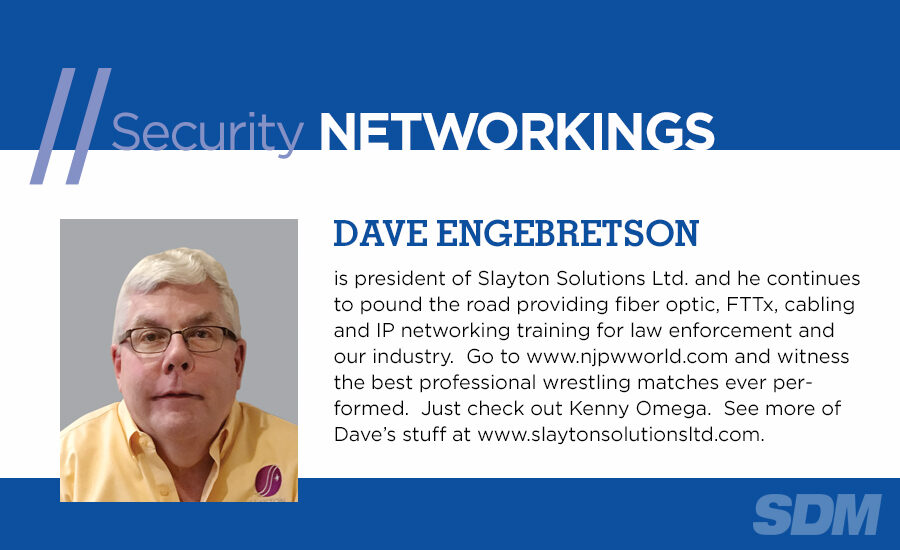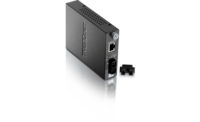One of the many beautiful things about fiber optic technology is that most cable types and sizes have been standardized since the late 1980s. This has made fiber optic networks very easy to upgrade or add additional connectivity, since fiber links made by cable manufacturer XYZ can be readily connected to new fiber links made by company ABC.
What is important to note when planning to connect to older existing fiber optic links is you must check the size of the core and cladding of the existing cable, and match up the right size of the new cable so there is minimal optical loss at a splice or connector junction. In most cases fiber cables have their contents printed on the outside of the cable every few feet or so. A fiber cable that is labeled “6 X 62.5/125” indicates that the cable contains six strands of 62.5 core multimode fiber, which was the standard type of multimode installed until about 2002 for distances less than two miles. At that time the need for multimode fiber to work optimally with laser transmitters saw the rise of 50/125 multimode which is “laser optimized.” Since the early 2000s most multimode fiber installed has been the 50-micron stuff, which will be labeled “OM3” or “OM4,” indicating its capability to transmit large bandwidth.
Along with this change in common multimode fiber sizes there has been a shift in the types of connectors that are commonly used. While in the past the ST (round) and SC (square) connector bodies were the most popular, the LC (small square) connectors are becoming the most commonly used now. One reason for this is the increased use of Small Form Factor Pluggable (SFP) modules in network switches. SFP modules are commonly utilized because network administrators/installers can change the type of connectivity between switches inexpensively and without down powering the switches themselves.
Properly installed LC connectors will provide high performance and uniform reliability. The sticky issue is properly testing LC connected fiber links. The earlier ST and SC connectors have a tip (or ferrule) that is 2.5 millimeters in diameter, and the diameter of an LC ferrule is 1.25 millimeters. This doesn’t sound like much of a problem, but most fiber optic visual laser testers and optical loss testing sets use the 2.5 millimeter ferrules and older style connectors. There is no simple and sure way to directly connect a 1.25mm LC to a 2.5mm ST or SC connector or tester. The good news is that there are simple ways to equip technicians to perform these tests, provided that you plan ahead.
Hybrid test jumper cables are readily available from a number of vendors, so if your optical power meter has an FC connector on top, a custom jumper can be obtained that has an FC on one and an LC on the other. And if your light source has an SC connector, a custom jumper can be purchased at a very reasonable cost. Just remember to order these jumpers a couple of weeks before you will need them, because in some cases the suppliers will say the jumpers are custom and need additional time for production.
For visible laser testing, a few manufacturers are producing special adapter widgets that provide LC connections. With one of these adapters you are ready to shoot the red laser into either 2.5- mm or 1.25-mm fiber ferrules to verify the continuity of the cable under test.
Installation companies who perform fiber optic work should equip themselves with the knowledge, tools and capability to work with LC connectors and links as they are the growing type of connector in use today and into the future.





